Home>Garden Essentials>How To Eat Sesame Seeds
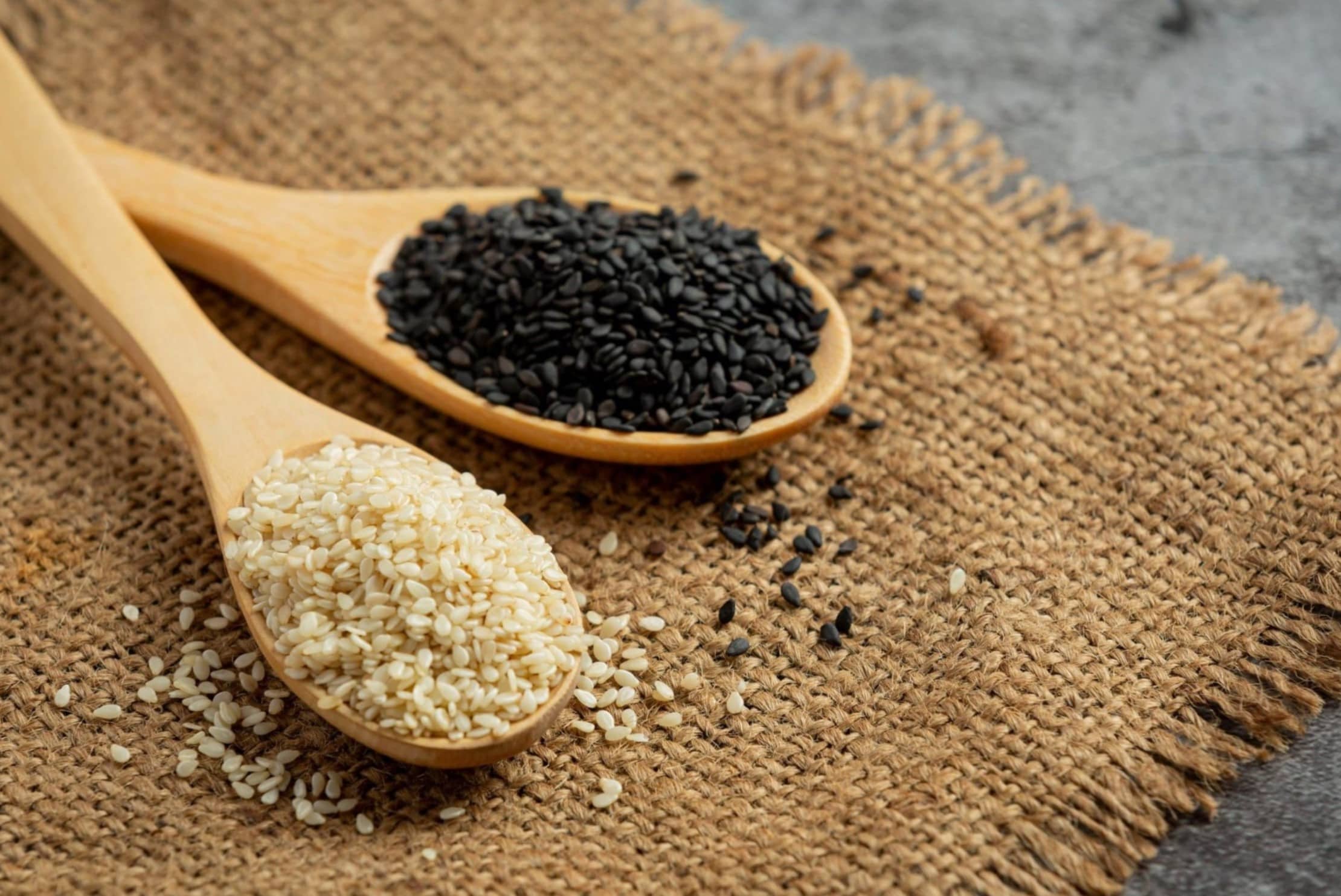

Garden Essentials
How To Eat Sesame Seeds
Modified: March 24, 2024
Learn how to incorporate sesame seeds into your garden-to-table meals with these easy-to-follow tips. Elevate your dishes with the nutritional benefits of sesame seeds.
(Many of the links in this article redirect to a specific reviewed product. Your purchase of these products through affiliate links helps to generate commission for Storables.com, at no extra cost. Learn more)
Introduction
Welcome to the fascinating world of sesame seeds! These tiny but mighty seeds have been cultivated and enjoyed for thousands of years, and for good reason. Not only do they add a delightful crunch and nutty flavor to dishes, but they also offer a plethora of health benefits. In this article, we will explore the various ways to eat sesame seeds and how to incorporate them into your daily diet.
Sesame seeds are derived from the Sesamum indicum plant and are highly valued for their rich nutritional profile. Packed with essential nutrients, they are a great source of healthy fats, protein, fiber, vitamins, and minerals. From promoting heart health to boosting digestion, sesame seeds have a lot to offer in terms of overall well-being.
Whether you are a culinary enthusiast, a health-conscious individual, or simply someone looking for new and exciting ways to elevate your meals, sesame seeds can be a fantastic addition to your pantry. Let’s delve further into the benefits of these tiny seeds and explore the myriad of ways to incorporate them into your culinary endeavors.
Key Takeaways:
- Sesame seeds are not only delicious but also packed with nutrients that promote heart health, digestion, and bone strength. They can be enjoyed in various forms, from sprinkling on salads to incorporating into homemade granola and energy balls.
- Sesame seeds have been a staple in traditional cuisines worldwide, adding flavor and nutritional value to dishes. From Asian stir-fries to Middle Eastern tahini, sesame seeds offer a versatile and delightful culinary experience.
Read more: How To Eat Sesame Seeds Daily
Benefits of Sesame Seeds
Despite their small size, sesame seeds are packed with an impressive array of health benefits. Let’s take a closer look:
- Rich in Nutrients: Sesame seeds are a fantastic source of essential nutrients, including manganese, copper, magnesium, calcium, and phosphorus. These nutrients are crucial for maintaining healthy bones, teeth, and overall bodily functions.
- Heart Health: The high content of monounsaturated and polyunsaturated fats in sesame seeds can help promote heart health by reducing cholesterol levels and lowering the risk of cardiovascular diseases.
- Antioxidant Properties: Sesame seeds contain lignans and phytosterols, which are powerful antioxidants that help protect the body against free radicals and oxidative stress. These antioxidants also have anti-inflammatory properties.
- Digestive Health: Sesame seeds are rich in dietary fibers that aid in digestion and promote a healthy gut. They can help prevent constipation and regulate bowel movements, ensuring optimal digestive function.
- Bone Health: Thanks to their abundance of calcium, sesame seeds contribute to the maintenance of strong and healthy bones. Calcium is essential for bone development, preventing osteoporosis, and reducing the risk of fractures.
- Energy Boost: Sesame seeds are a great source of healthy fats and proteins, making them an excellent energy-boosting snack. They provide a sustained release of energy and can help keep you feeling fuller for longer.
- Skin and Hair Health: The high levels of antioxidants and essential vitamins present in sesame seeds contribute to healthy skin and hair. Regular consumption can help improve skin elasticity, reduce signs of aging, and promote lustrous hair.
These are just a few of the many benefits that sesame seeds offer. Incorporating them into your diet can have a positive impact on your overall health and well-being. Now, let’s explore the different ways you can enjoy sesame seeds!
Different Ways to Eat Sesame Seeds
Sesame seeds are incredibly versatile and can be enjoyed in various forms. Here are some exciting ways to incorporate these nutritious seeds into your meals:
- Toasted Sesame Seeds: Toasting sesame seeds intensifies their flavor and adds a delightful crunch. Simply heat a dry skillet over medium heat and toast the sesame seeds, stirring occasionally until golden brown. Sprinkle them over salads, stir-fries, or roasted vegetables for added texture and flavor.
- Sesame Seed Paste (Tahini): Tahini is a popular Middle Eastern condiment made from ground sesame seeds. It is incredibly versatile and can be used as a base for dips like hummus or as a sauce to drizzle over grilled meats or roasted vegetables.
- Sesame Seed Oil: Sesame seed oil is a flavorful and aromatic oil that adds a unique taste to dishes. It can be used for stir-frying, sautéing, and even as a dressing for salads.
- Sesame Seed Sprinkles: Add a nutritious crunch to your breakfast or snack by sprinkling sesame seeds over your favorite cereal, yogurt, or smoothie bowl.
- Baked Goods: Sesame seeds can be incorporated into various baked goods like bread, muffins, and cookies. Top homemade bread rolls with a sprinkle of sesame seeds before baking for a delightful twist.
- Sesame Seed Dressings and Marinades: Create flavorful dressings and marinades by mixing sesame seeds with ingredients like soy sauce, ginger, garlic, and lime juice. Use them to dress salads or marinate meats and vegetables before grilling or roasting.
- Sesame Seed Snacks: Make your own homemade sesame seed snacks by mixing toasted sesame seeds with nuts, dried fruits, and a touch of honey. Roll the mixture into bite-sized balls and enjoy them as a healthy and satisfying snack.
The possibilities are endless when it comes to incorporating sesame seeds into your culinary creations. Experiment with these ideas and let your creativity shine in the kitchen!
Now that we’ve explored the various ways to enjoy sesame seeds, let’s discuss how you can easily incorporate them into your daily diet.
Chew sesame seeds thoroughly to release their nutrients and aid digestion. You can also toast them for a nuttier flavor.
Incorporating Sesame Seeds into Your Diet
Adding sesame seeds to your daily diet is easier than you might think. Here are some simple and effective ways to include these nutritious seeds into your meals:
- Sprinkle on Salads: Sprinkle a handful of toasted sesame seeds on top of your favorite salads. They add a delightful crunch and flavor, elevating the overall salad experience.
- Mix into Homemade Granola: Boost the nutritional value of your homemade granola by adding a generous amount of sesame seeds. It adds a nutty dimension and enhances the texture of the granola.
- Blend into Smoothies: Add a tablespoon of sesame seeds to your morning smoothie for an extra dose of protein, healthy fats, and fiber. It provides a subtle nutty flavor and adds a creamy texture.
- Stir into Soups and Stews: Enhance the flavor and nutritional profile of your soups and stews by stirring in a tablespoon of sesame seeds. They add depth and texture to the dish.
- Use as a Topping for Roasted Vegetables: Before roasting your favorite vegetables, sprinkle them with sesame seeds. As they roast, the sesame seeds will become toasted and add a wonderful nutty flavor.
- Bake into Bread and Cookies: Incorporate sesame seeds into your homemade bread, muffins, or cookies. They add a subtle crunch and create a visually appealing speckled texture.
- Make Sesame Seed Energy Balls: Mix toasted sesame seeds, nuts, dates, and a touch of honey or nut butter to form energy balls. They make for a delicious and nutritious on-the-go snack.
- Blend into Dips and Spreads: Upgrade your regular dips and spreads by adding a tablespoon of sesame seeds. It imparts a nutty flavor and enhances the creaminess of the dip.
- Sprinkle on Stir-Fries: Sprinkle sesame seeds on top of your stir-fries just before serving. They add a final touch of crunch and elevate the overall taste of the dish.
- Enjoy as a Standalone Snack: Simply munch on a handful of toasted sesame seeds as a standalone snack. They provide a satisfying crunch and a burst of flavor.
These are just a few ideas to get you started. Feel free to experiment with incorporating sesame seeds into your favorite recipes and explore new ways to enjoy their unique flavor and nutritional benefits.
Now, let’s delve into the culinary world to explore how sesame seeds are traditionally used in various cuisines.
Sesame Seeds in Traditional Cuisine
Sesame seeds have been a staple ingredient in traditional cuisines around the world for centuries. They are widely used in various culinary traditions, adding flavor, texture, and nutritional value to dishes. Let’s explore how sesame seeds are incorporated into traditional cuisines:
- Asian Cuisine: In Asian cuisines such as Chinese, Japanese, and Korean, sesame seeds are commonly used as a seasoning and garnish. They are sprinkled on top of dishes like stir-fries, noodles, sushi, and salads to add a nutty flavor and appealing visual presentation.
- Middle Eastern Cuisine: Middle Eastern cuisine relies heavily on sesame seeds and their products. Tahini, a paste made from ground sesame seeds, is a key component in popular dishes like hummus, baba ganoush, and halva. Sesame seeds are also used in desserts like sesame-seed-coated cookies and pastries.
- Indian Cuisine: In Indian cuisine, sesame seeds, known as “til” in Hindi, are used in both sweet and savory dishes. They are often incorporated into chutneys, bread, and snack items like til laddu (sesame seed sweet balls) and tilgul (sesame seed and jaggery candy).
- Middle Eastern Cuisine: Middle Eastern cuisine relies heavily on sesame seeds and their products. Tahini, a paste made from ground sesame seeds, is a key component in popular dishes like hummus, baba ganoush, and halva. Sesame seeds are also used in desserts like sesame-seed-coated cookies and pastries.
- African Cuisine: Sesame seeds are an integral part of many African cuisines. In West Africa, they are used to make “suya” or “tsire” spice mixtures, which are used to season grilled meats. In North African cuisine, sesame seeds are used to make bread, known as “khobz ma
Read more: Can You Eat Sesame Seeds When Pregnant
Conclusion
Sesame seeds are truly a gift from nature, offering a wide array of health benefits and culinary possibilities. Whether you are looking to add a delightful crunch to your dishes, boost your nutritional intake, or explore the vibrant world of global cuisines, sesame seeds are a fantastic addition to your pantry.
From their rich nutrient profile to their flavorful taste, sesame seeds have captured the attention of chefs, food enthusiasts, and health-conscious individuals alike. They provide essential nutrients like calcium, magnesium, and healthy fats, promoting heart health, digestion, and bone strength.
In this article, we have explored the many ways to incorporate sesame seeds into your culinary adventures. From toasting and sprinkling them on salads, to using them in homemade granola, dips, and spreads, sesame seeds offer versatility and a unique flavor profile.
Furthermore, we learned about the cultural significance of sesame seeds in traditional cuisines around the world. From Asian dishes like stir-fries and sushi to Middle Eastern delights like tahini and halva, sesame seeds play a vital role in enhancing the taste and texture of various dishes.
So, it’s time to discover the wonders of sesame seeds for yourself. Whether you are an avid cook or simply looking to elevate your meals, embrace the magic of sesame seeds and enjoy the delightful flavors and health benefits they offer.
Next time you find yourself in the kitchen, don’t forget to reach for the small yet mighty sesame seeds. Your taste buds and your body will thank you. Happy cooking!
Frequently Asked Questions about How To Eat Sesame Seeds
Can sesame seeds be eaten raw?Yes, sesame seeds can be eaten raw. They are often sprinkled on top of dishes or added to salads for a nutty flavor and crunchy texture.What are the health benefits of eating sesame seeds?Sesame seeds are a good source of healthy fats, protein, and fiber. They also contain important minerals like calcium, iron, and magnesium. Eating sesame seeds can help support bone health, lower cholesterol, and provide antioxidants for overall well-being.How can I incorporate sesame seeds into my diet?You can incorporate sesame seeds into your diet by sprinkling them on top of yogurt, oatmeal, or smoothie bowls. You can also use them as a topping for stir-fries, salads, or baked goods. Additionally, you can make your own sesame seed butter to spread on toast or use as a dip for fruits and vegetables.Are there different types of sesame seeds?Yes, there are different types of sesame seeds, including white, black, and brown varieties. Each type has its own unique flavor and can be used in different culinary applications.Can sesame seeds cause allergies?Yes, sesame seeds can cause allergies in some people. It’s important to be cautious if you have a sesame seed allergy and carefully read food labels, as sesame seeds are a common ingredient in many packaged foods. If you suspect you have a sesame seed allergy, consult with a healthcare professional for guidance.
Was this page helpful?
At Storables.com, we guarantee accurate and reliable information. Our content, validated by Expert Board Contributors, is crafted following stringent Editorial Policies. We're committed to providing you with well-researched, expert-backed insights for all your informational needs.
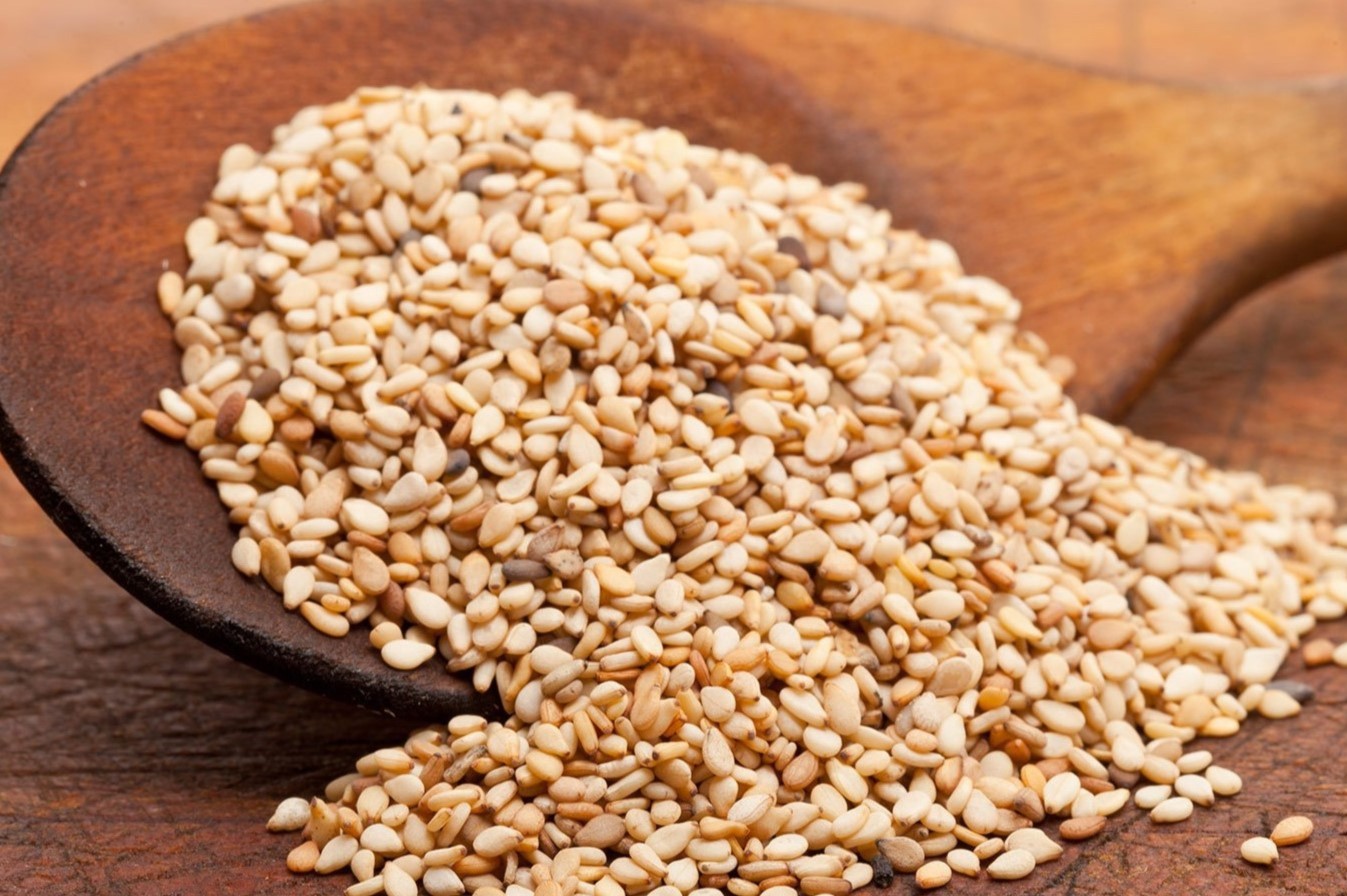
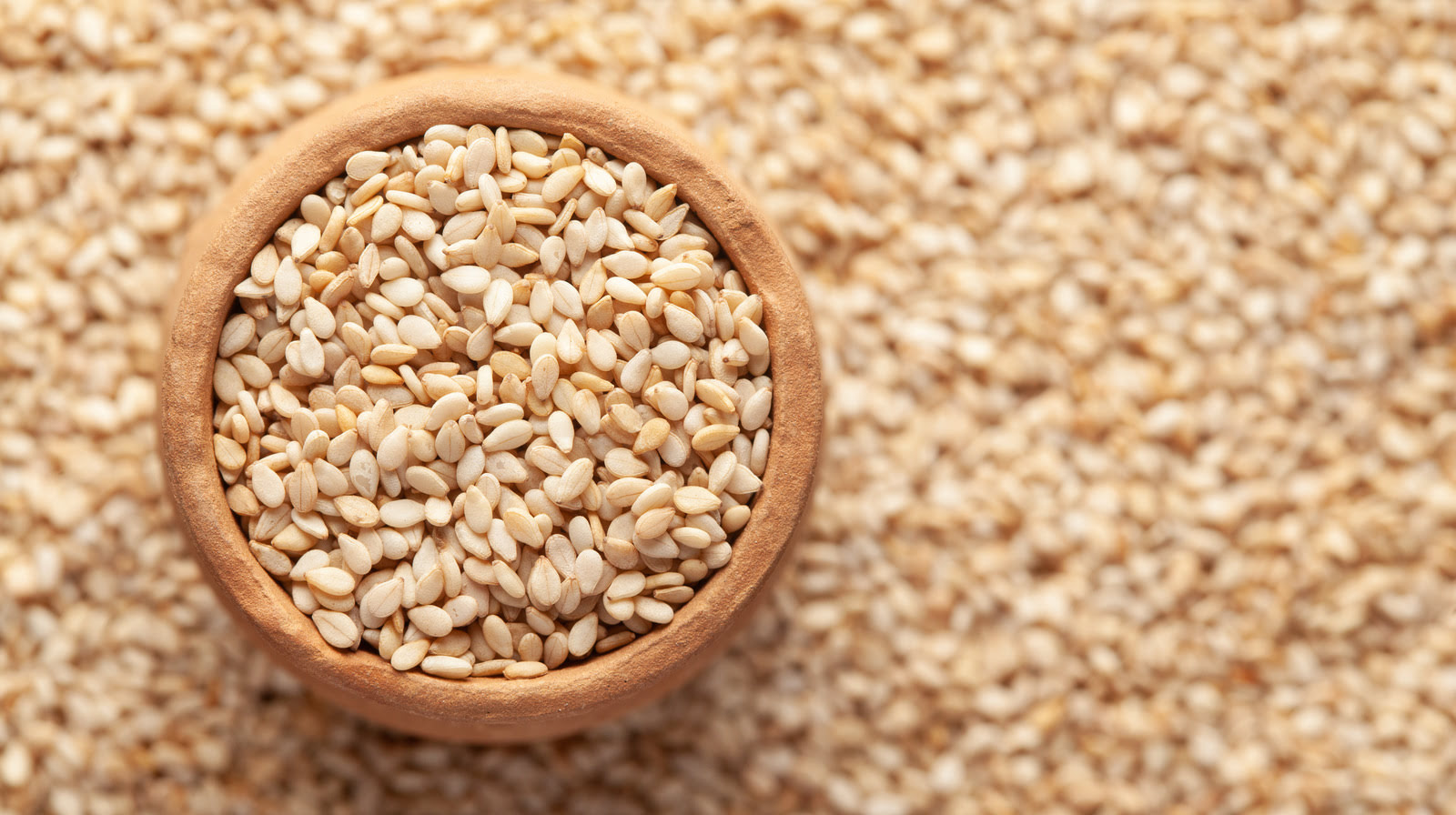
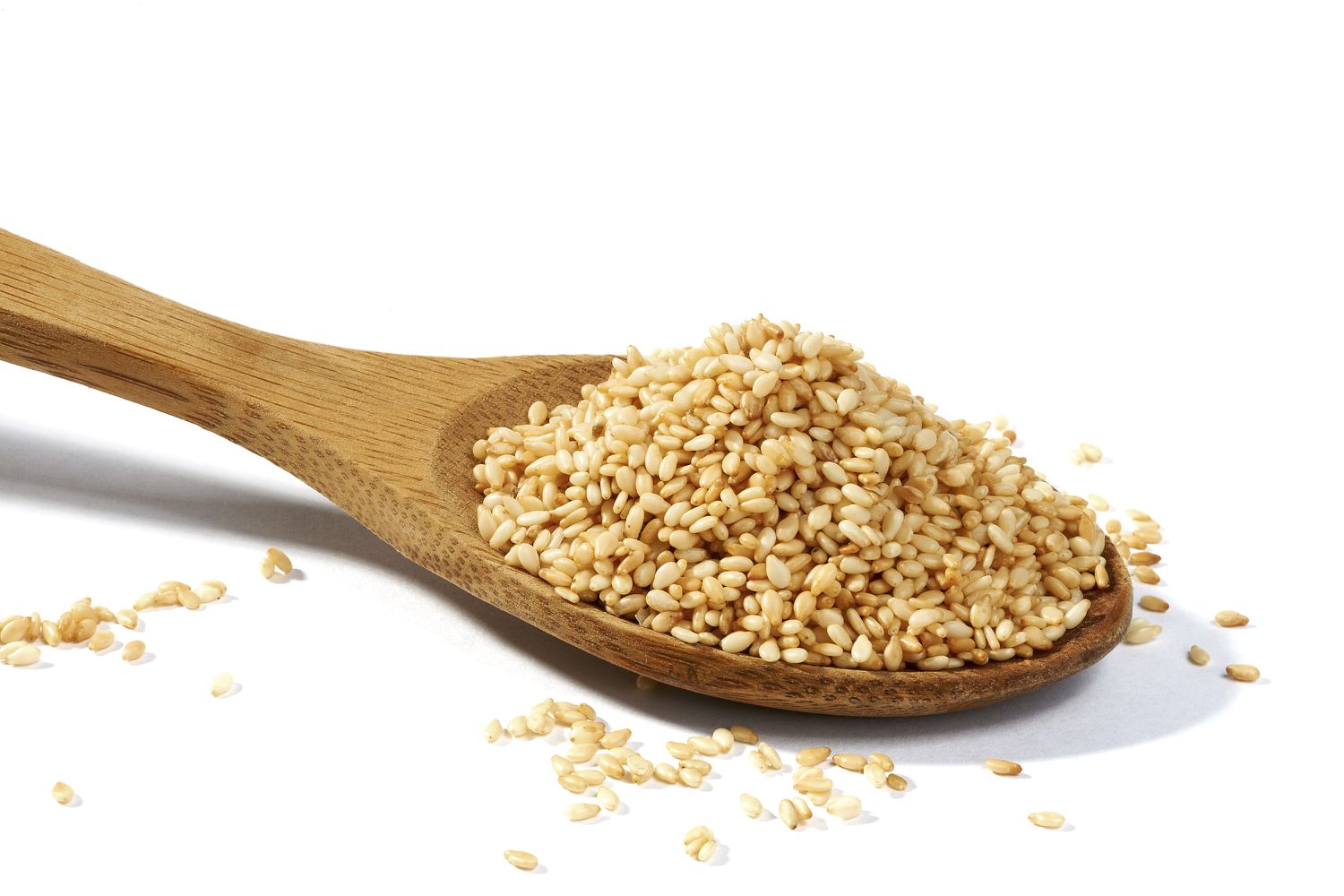
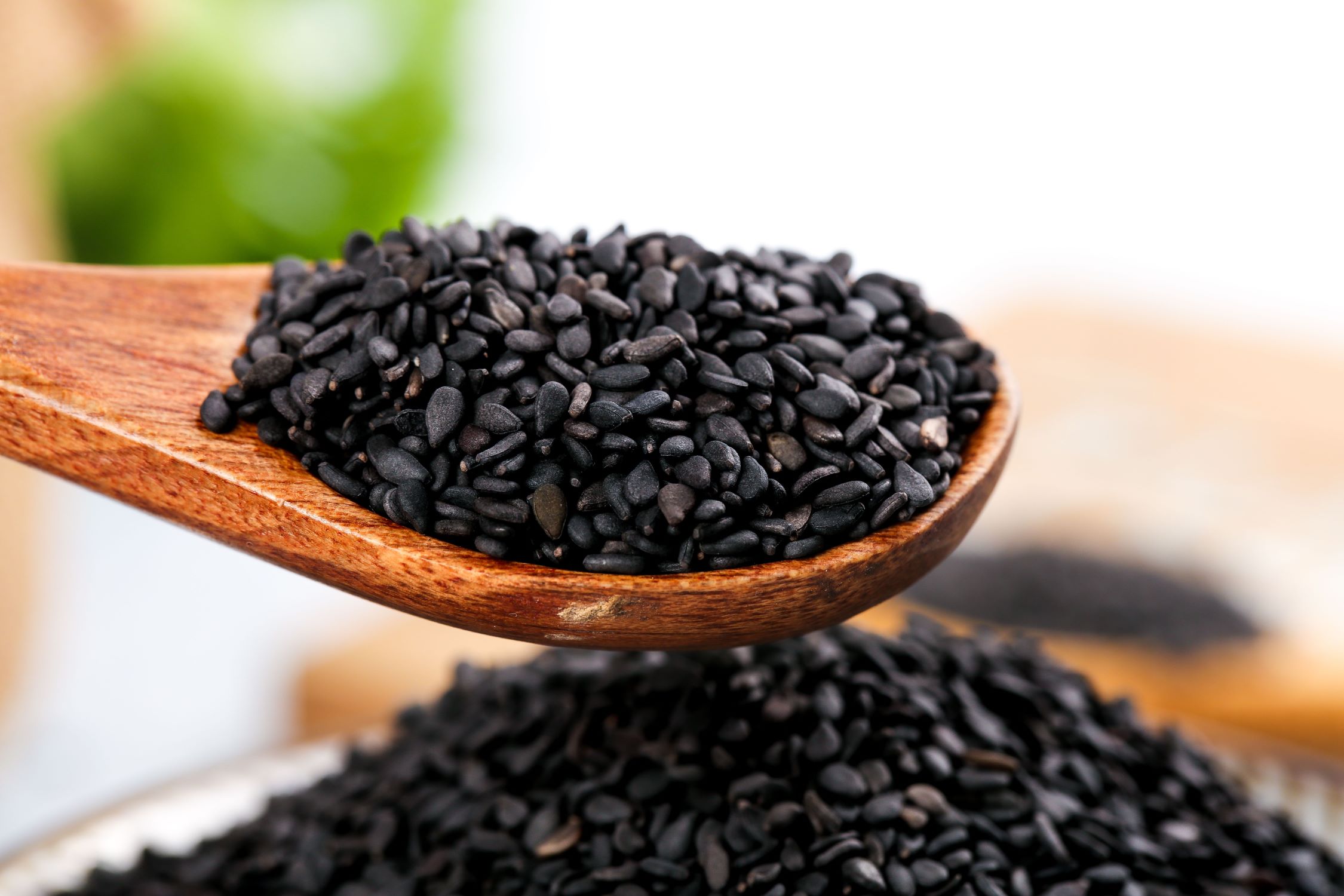
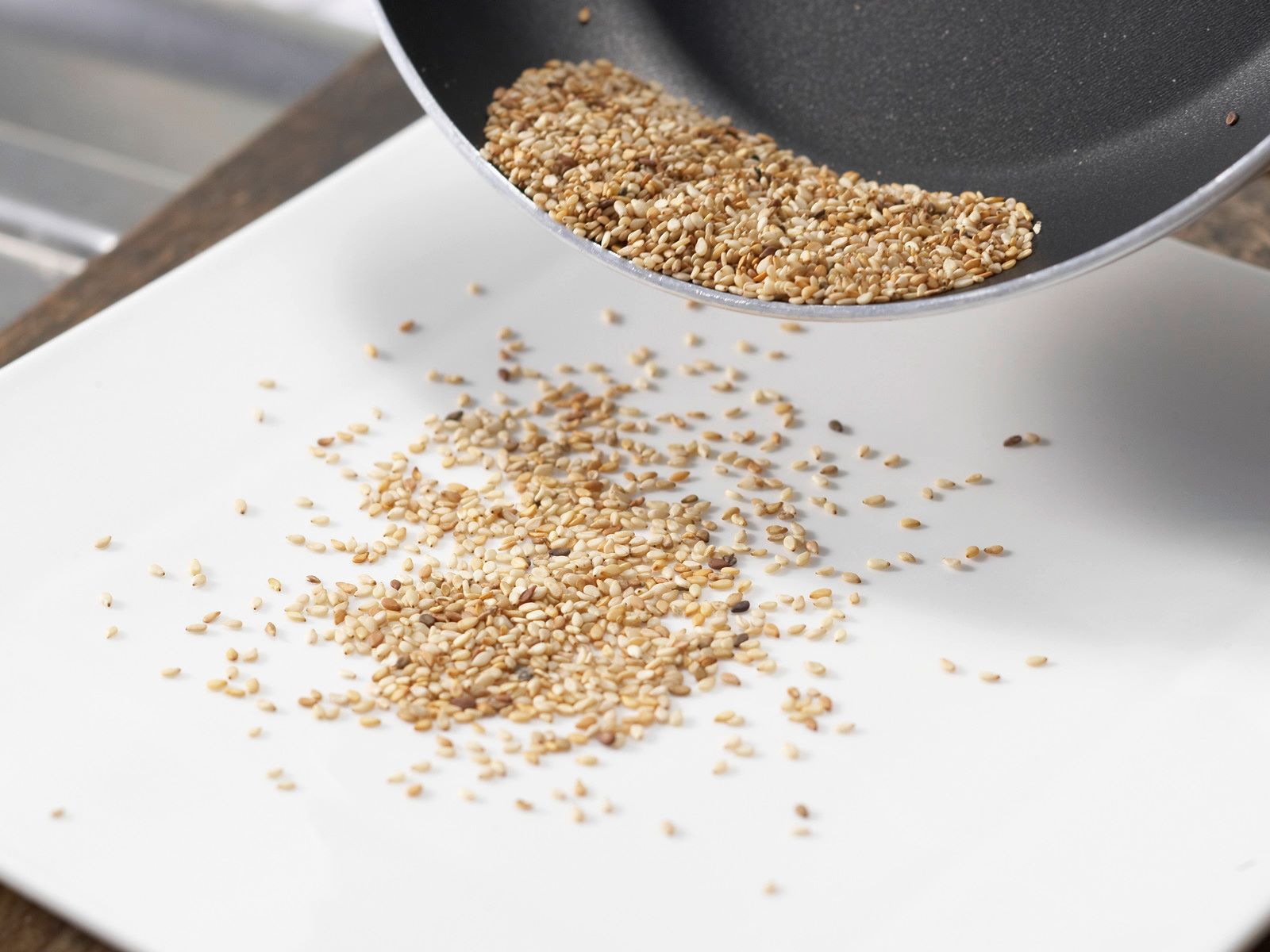
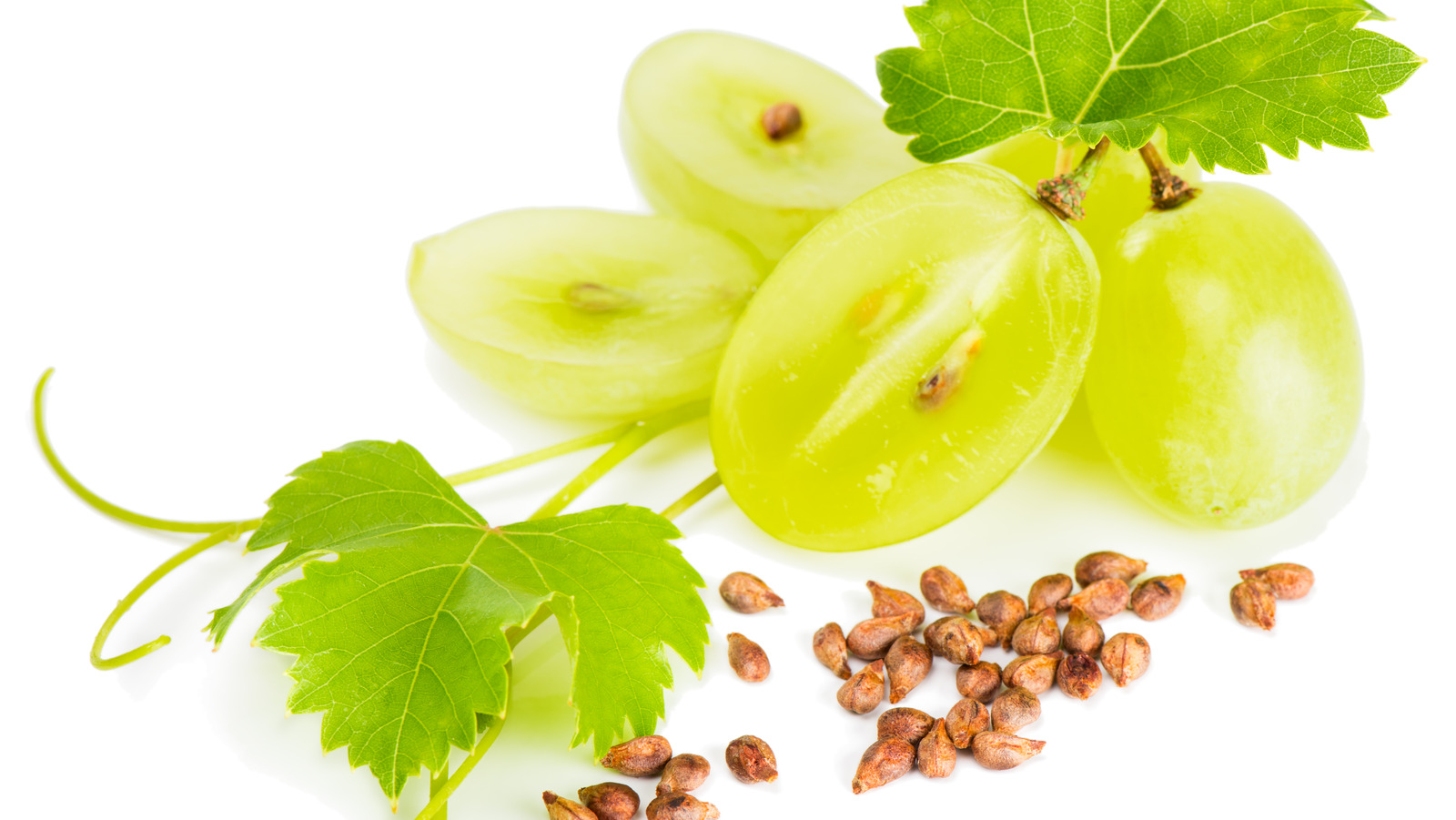
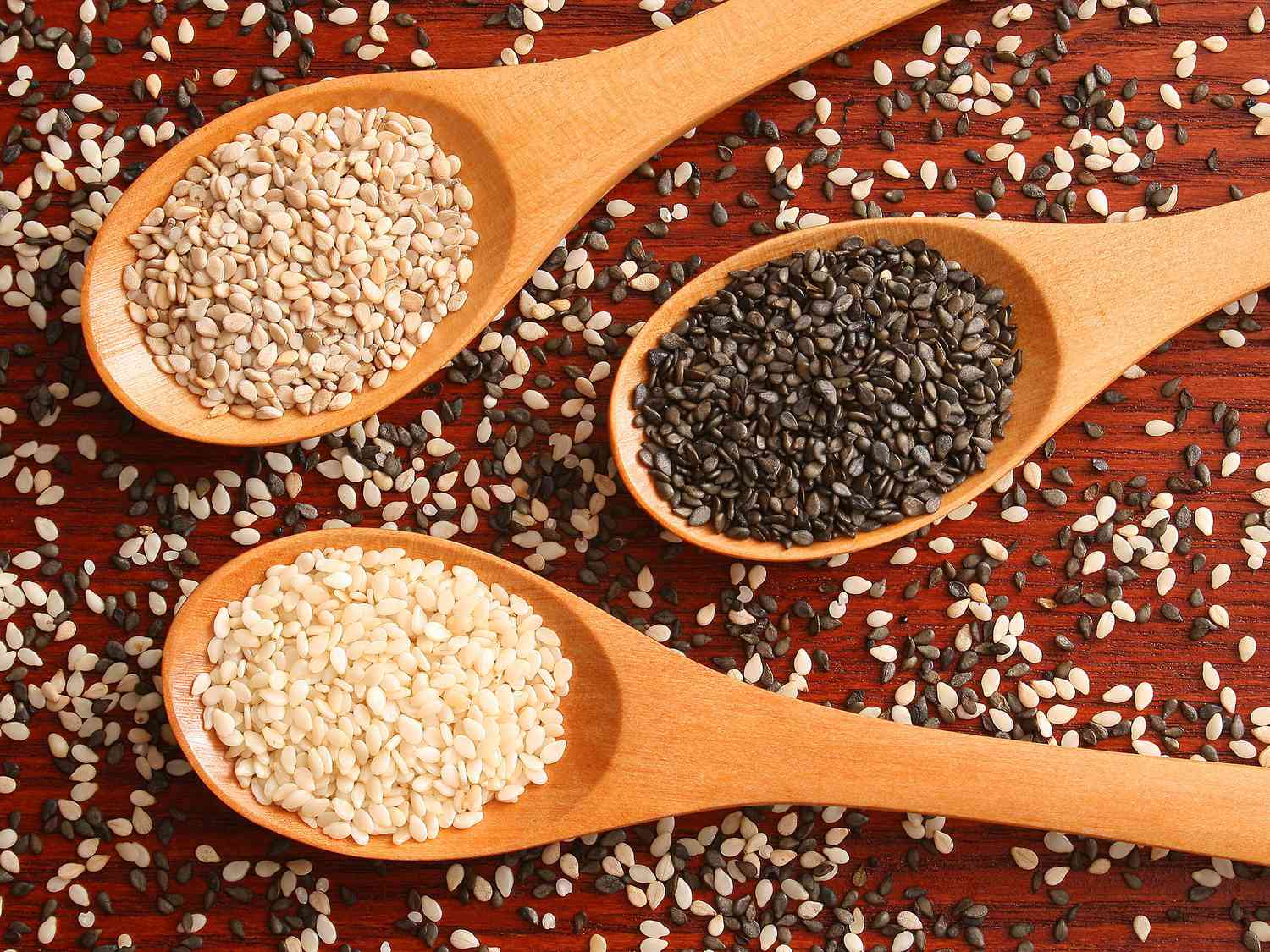
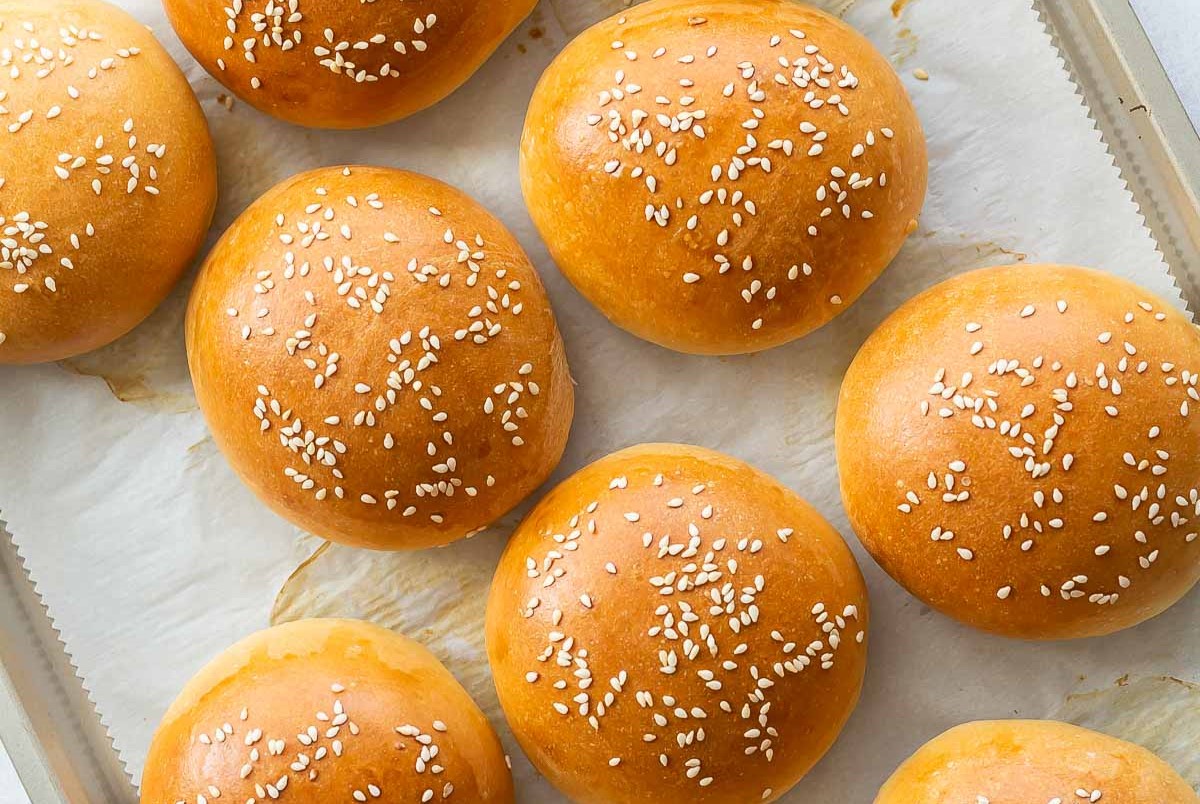
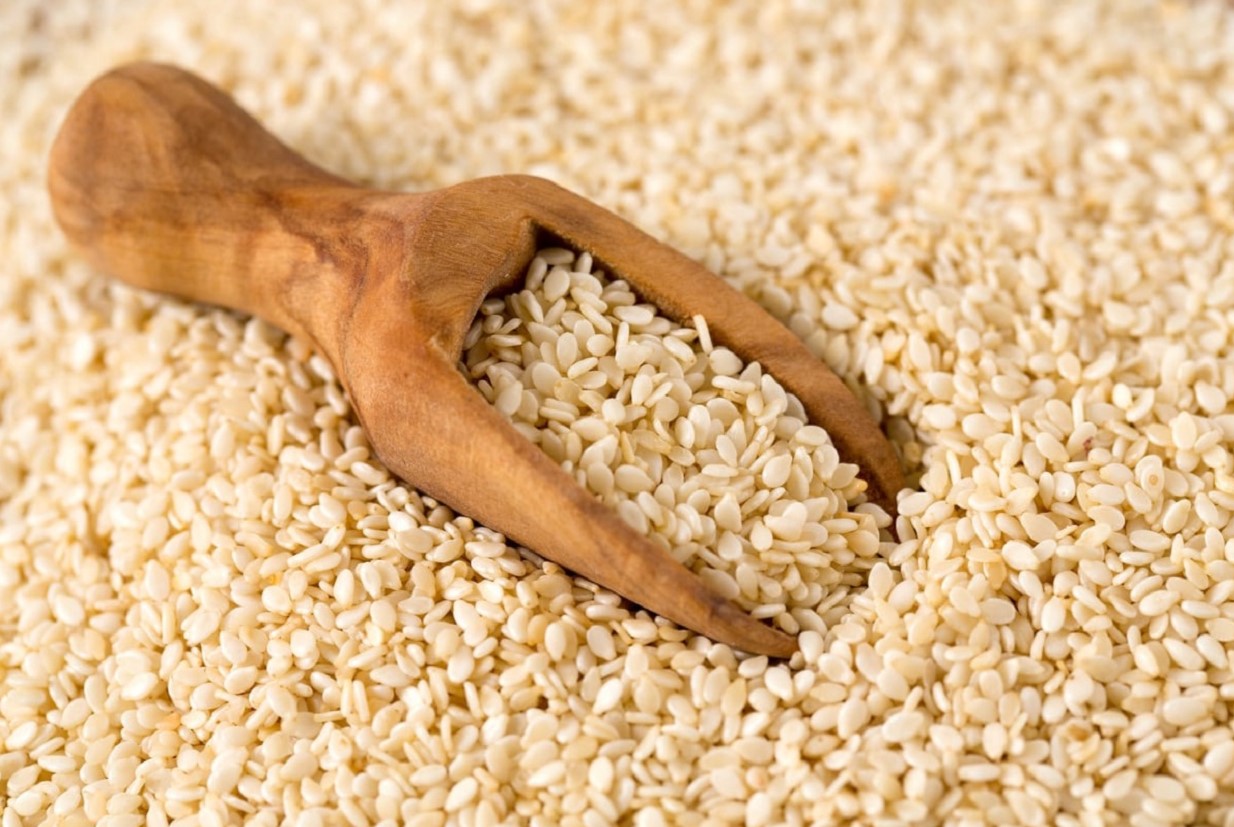
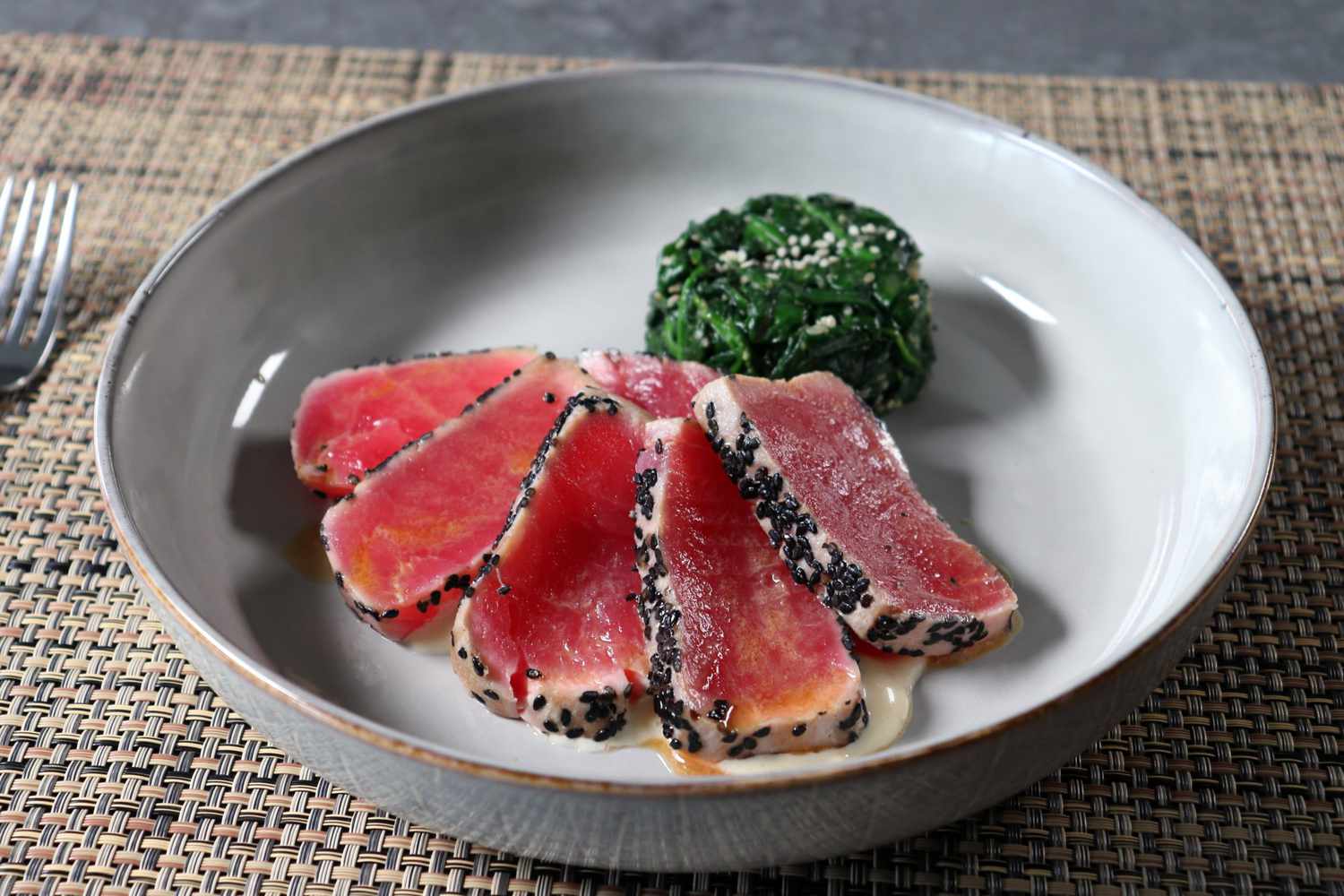
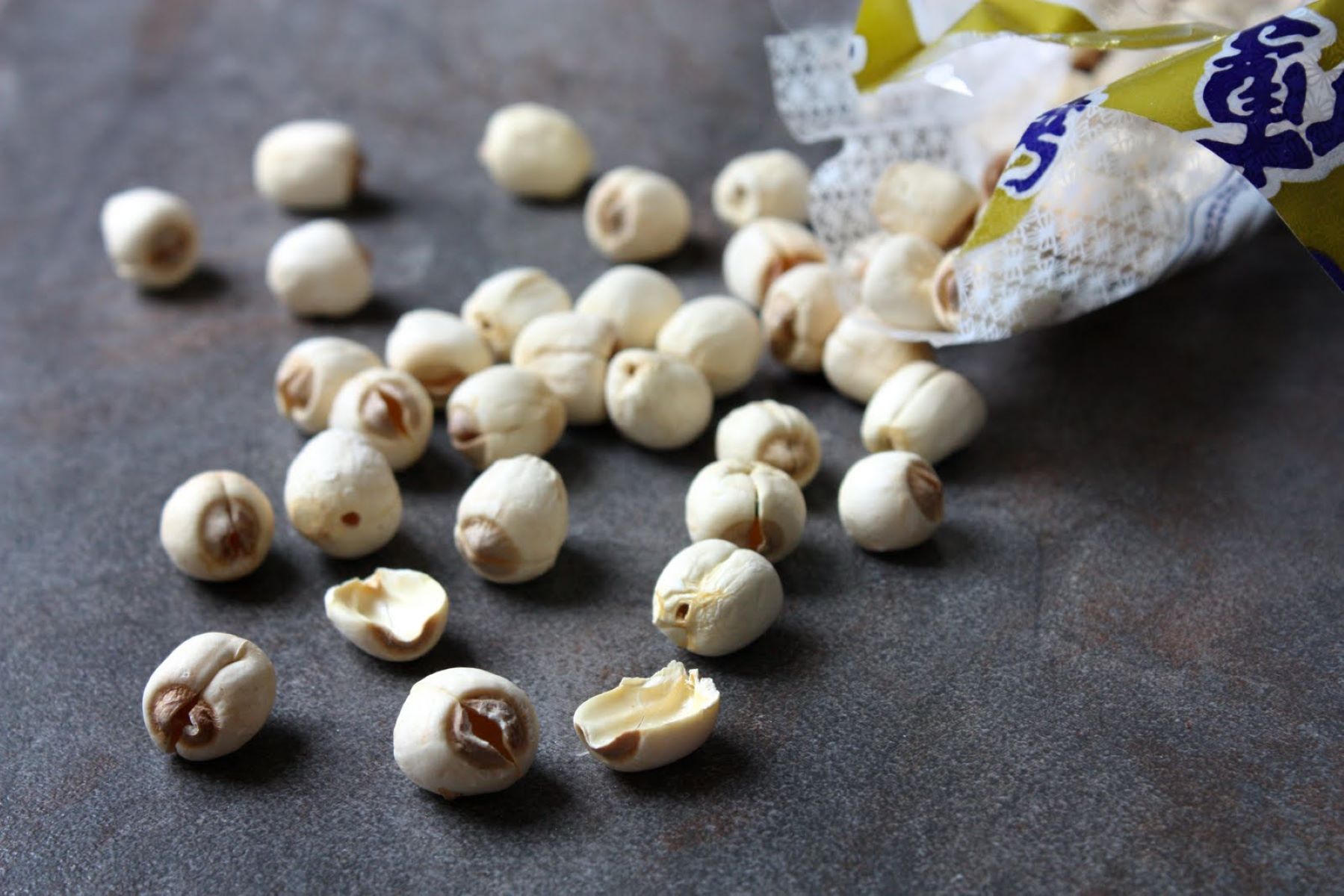
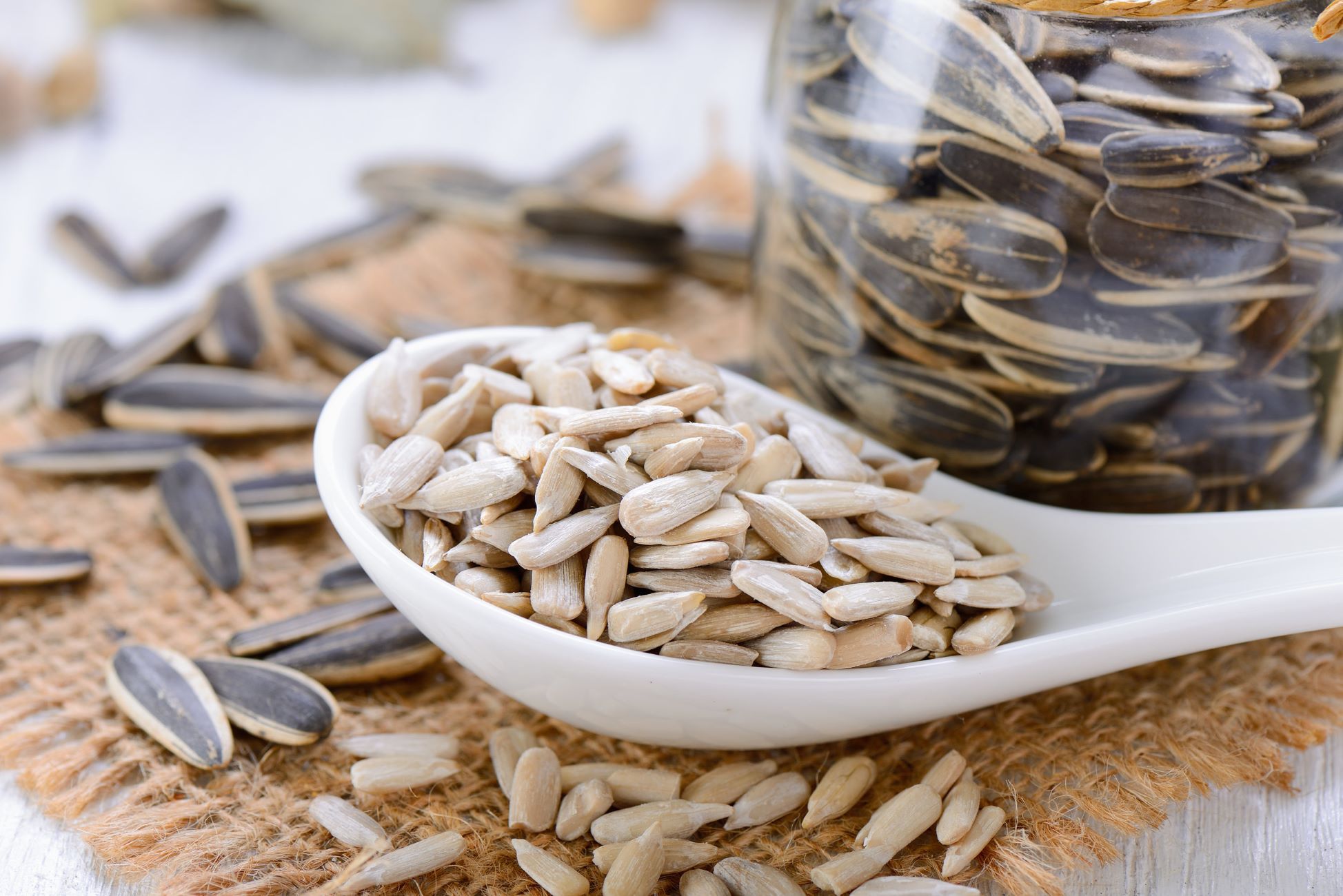

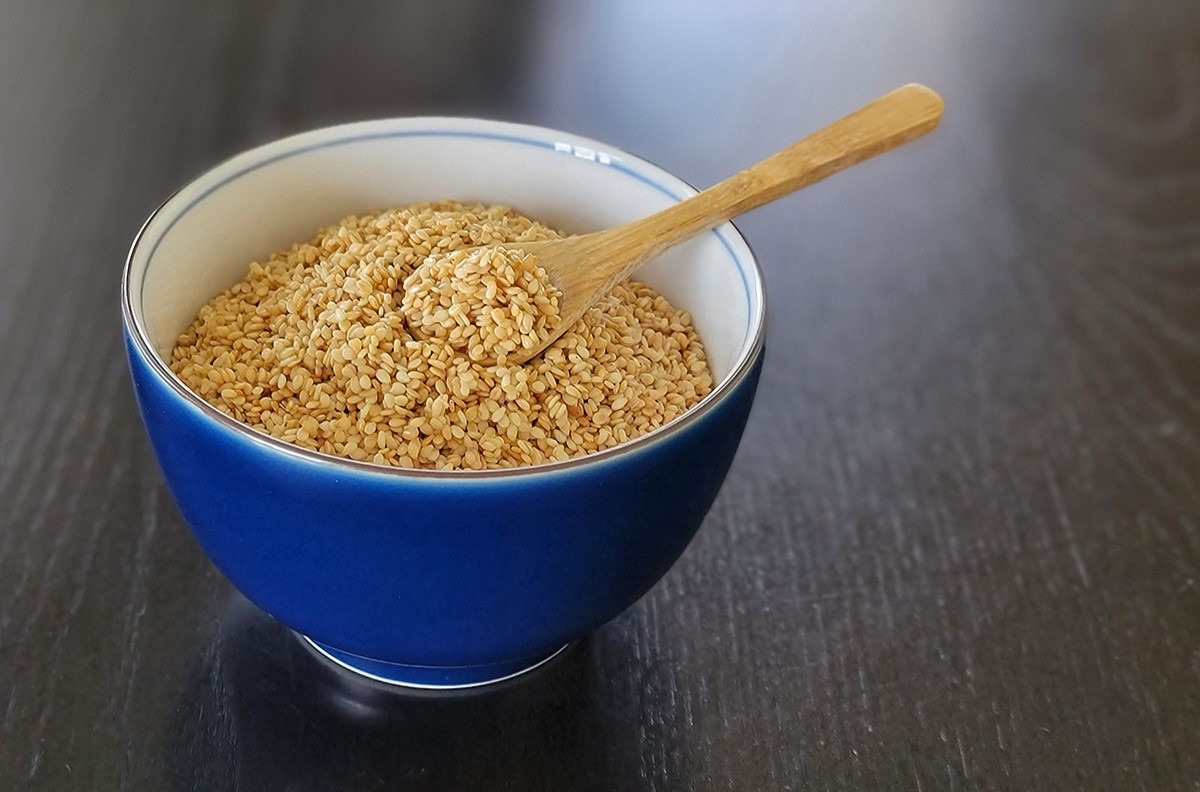

0 thoughts on “How To Eat Sesame Seeds”